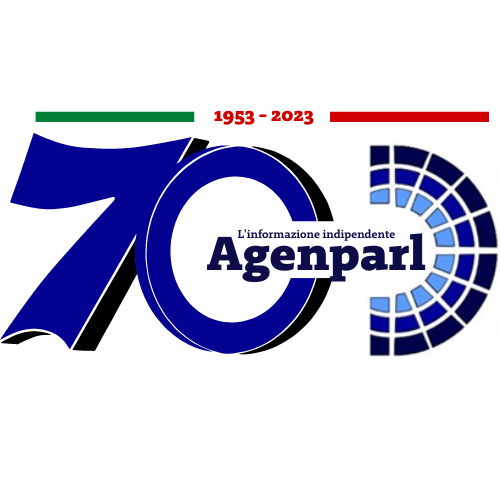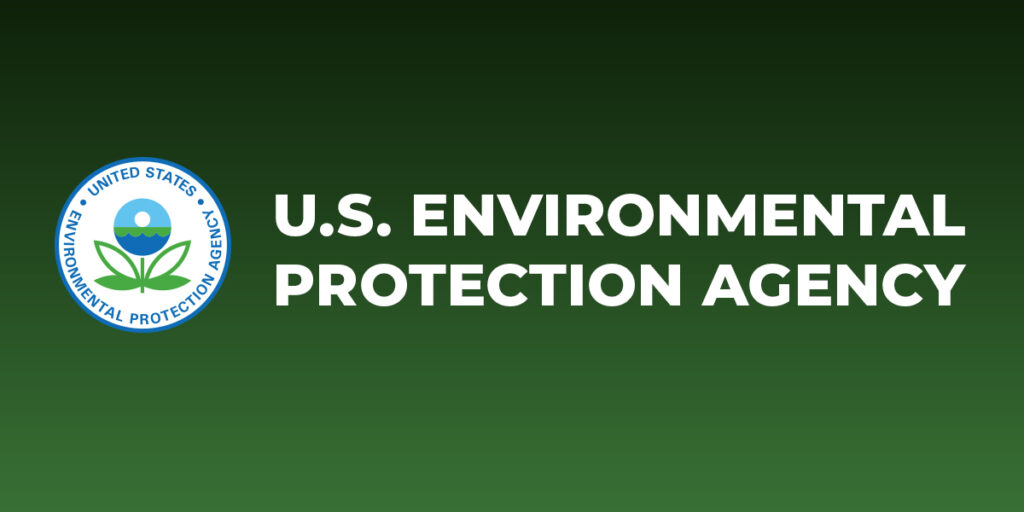 (AGENPARL) - Roma, 11 Agosto 2023
(AGENPARL) - Roma, 11 Agosto 2023(AGENPARL) – ven 11 agosto 2023 Issued: Aug 11, 2023 (2:51pm EDT)
If you wish to unsubscribe please do so
here: http://url6130.epa.mediaroom.com/ls/click?upn=-2BroytcZInNRyuFbAvAoN5aMEQDHIx2RtQl0jT-2FwLgZHafJKm-2F7NYrsKNAZH88rhd98aG2o5sSGIX8iVgGgXwOczi8WNFU0a7GLvUAvQ8R0QCtkuTI4WABymYAm345NQt9CV0_mLoYh0p4AWg4foFr5HgrZ1QioQ33bLwdnQ-2BsYGKFX9mApcfdQmv0-2Bvkdf9kq-2BlYjFtGbPuCaKjv-2F149-2BiBFr-2Bvkk7zPHA450JH4NJQjTXr92n9I0M-2FRY8F2mnzXUOI-2BoGAZKoFNOhnmNSz8MOHg8lyRnhhLLMgwkxQXv5Ri0rfhc2jn4jGYGgsQ92f4dXts2RRvggcMl6I1-2Bzh1I1tRQUselS7y1XZZXNlVzmr5uSdNJ62mgoyauMOS3-2BEzBwfoFPMbbBArS72sUliDeO-2Bhj-2Bw-3D-3D
EPA Extends Comment Period on Proposed Plan to Clean Up New Cassel/Hicksville
Groundwater Contamination Superfund Site
NEW YORK (August 11, 2023) – The U.S. Environmental Protection Agency (EPA)
has extended the public comment period for its proposed cleanup plan to
address contaminated groundwater at a portion of the New Cassel/Hicksville
Groundwater Contamination Superfund site in Nassau County, New York
to?September 22, 2023. The original public comment period was scheduled to
end on August 23rd. EPA held a public meeting at the East Meadow Public
Library on August 10, 2023, to explain the cleanup proposal to the public.
EPA’s proposed plan will prevent people from potentially being exposed to
the contaminated groundwater in the future, help minimize the potential for
the contaminated groundwater to migrate further and treat the groundwater to
meet strict federal and state standards for drinking water.
The cleanup plan proposes installing a network of wells and underground pipes
in a residential neighborhood and parkland to move contaminated groundwater to
a new water treatment facility. Options for how the treated water will be
released will be evaluated during the design of the cleanup plan. The
potential options outlined in the proposed plan include that treated water can
be returned back to the ground, released to surface water or a recharge basin,
or released into the sewer.
Once the cleanup plan is finalized, EPA will decide where the wells and water
treatment facility will be built and where the treated water will go. The plan
also requires long-term monitoring of the groundwater treatment program and
relies on existing county and state restrictions on groundwater use to ensure
that public drinking water wells are not installed on site without a permit.

